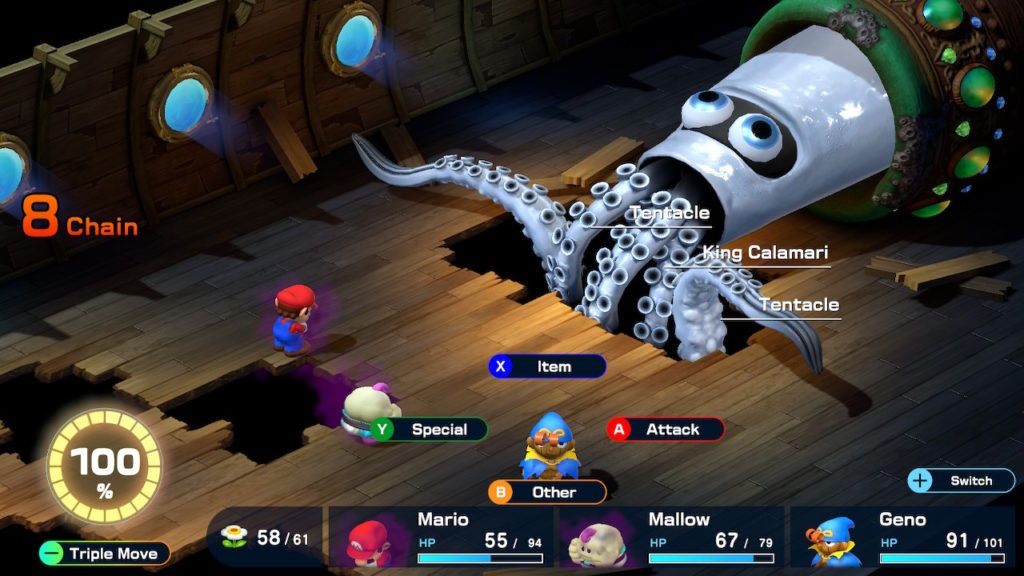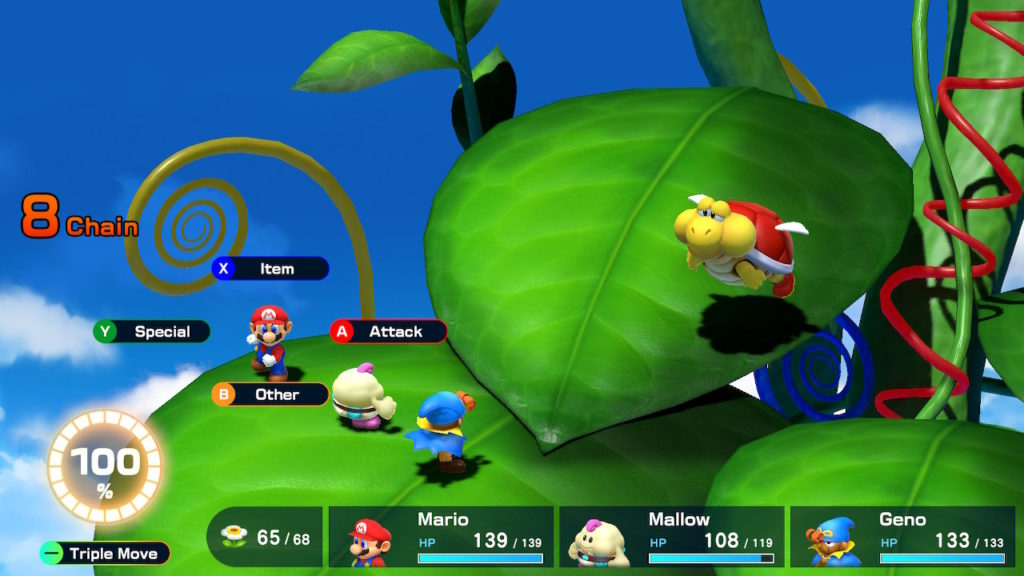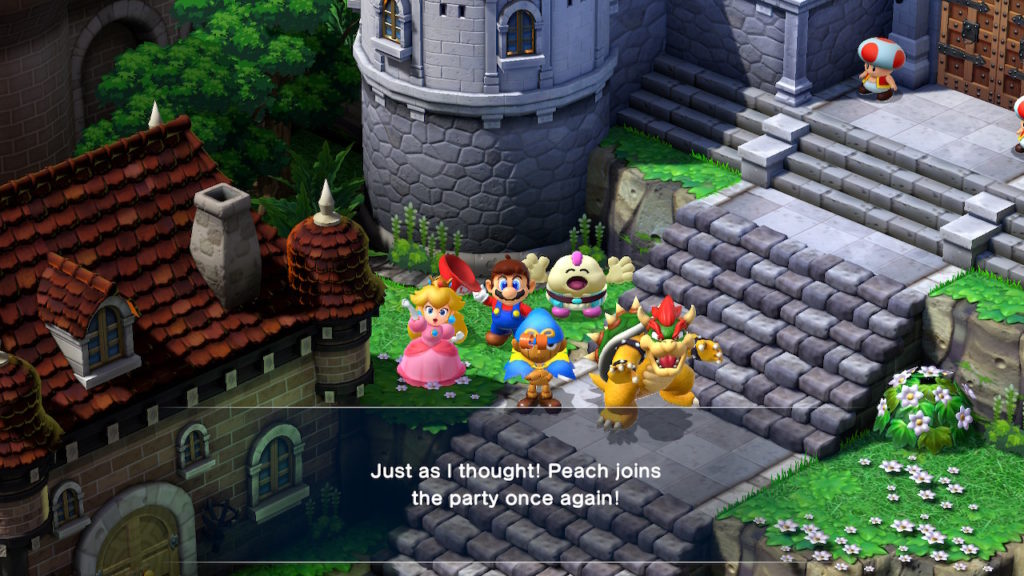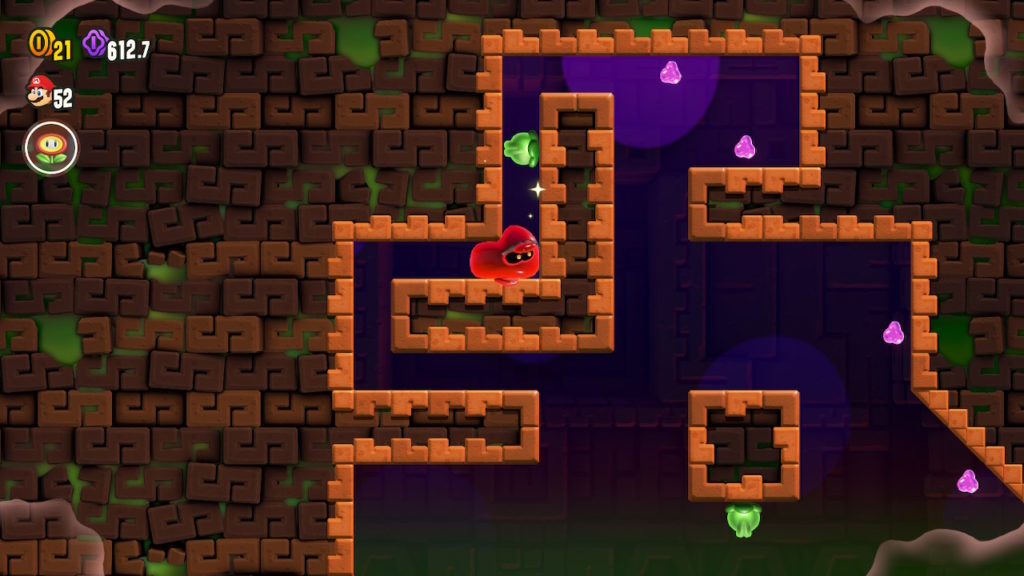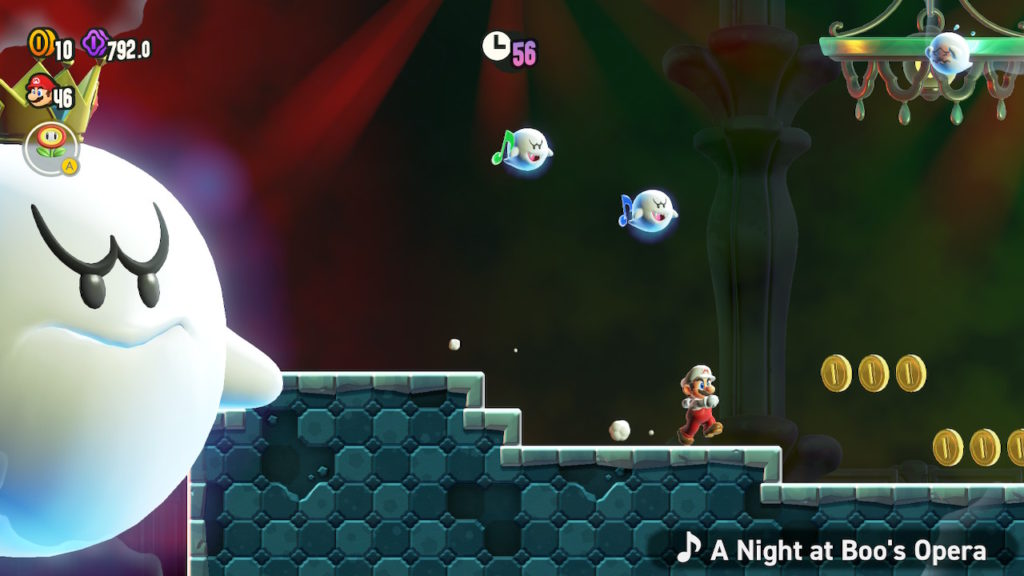- Genre: Action/Adventure
- Platform: Switch
I’m not going to claim that this game is a must play. I’m not going to claim that it’s even a great game. However, it has something to it that kept me playing it. To some extent it’s probably just that it worked generally well. To some extent it was absolutely that I just wanted to see the next costume change. A lot of it was honestly probably just that it wasn’t as serious as FF7: Rebirth was. At the end of the day it was just kind of consistently fun.
That’s honestly something that could be said about a lot of the past output from Good-Feel. Their projects with Nintendo are a who’s who of consistently fun experiences. Wario Land: Shake It was a fun platformer with incredible hand drawn visuals tied down with an obnoxious Wii Remote shake mechanic. Kirby’s Epic Yarn again had incredible visuals and solid platformers mechanics. Yoshi’s Woolly World again had a gorgeous unique visual style tied to fun platforming mechanics, and the same could be said about its followup Yoshi’s Crafted World. If you’re sensing a pattern here, that’s not an accident. Princess Peach: Showtime! follows the same pattern.
This game is just easy to jump in and play, which is made more impressive by the fact that each costume was different. They really took advantage of the core conceit of costume changing to keep the gameplay fresh. Every single costume can jump with the A button or take an action with a B button, so figuring out what to do is less about learning how to execute mechanics and more what those mechanics do. Swordfighter or Cowgirl? The action is a straight up attack. Detective or Patissiere? Neither of them attack so it’s a gameplay action button instead. It’s that variety of some things being really action focused and more things being slow puzzle focus that really keep the game fresh. It has a certain fast/slow back and forth that really works well. Some levels are higher stress combat and some are straight relaxation.
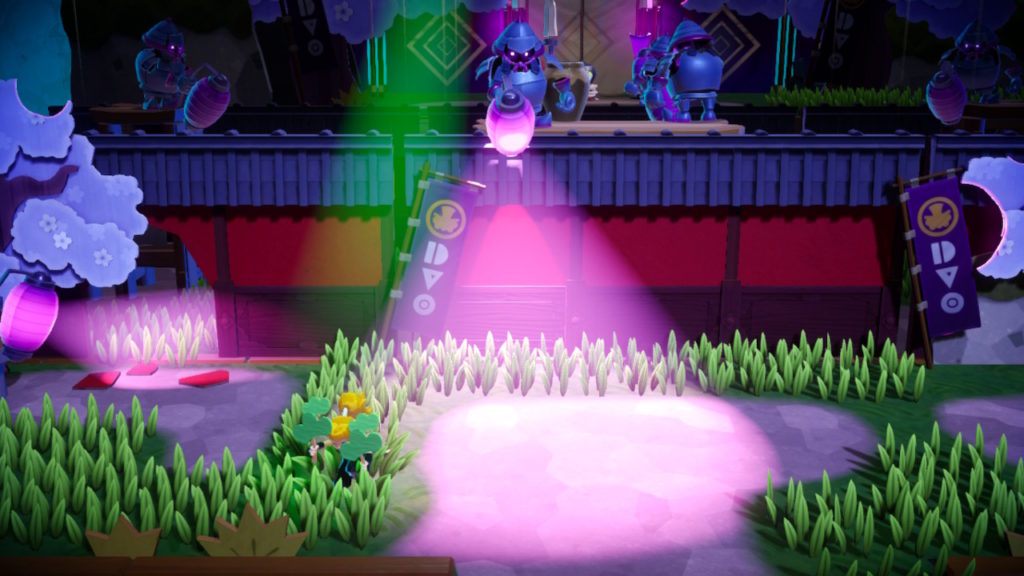
This is all backed by what is again a very unique visual approach. This is probably the game in Good-Feel’s arsenal that is the least unique since it’s inherently tied to modern Mario sensibilities. However, what it lacks in a unique visual theme it makes up for in pure flair. It takes the stage play Showtime! very seriously. Each level is tied to a stage play setting connected to the costume of the stage, and it’s super obvious that this is a stage play. Background elements are obviously made out of stage dressing like wood, cardboard, or stage curtains. Secret areas take you backstage behind the scaffolding. NPCs are all based around puppetry with moving hinged sections instead of organic bodies, as well as their control lines extending down from the ceiling. There’s even nice little touches here where friendly NPCs typically have white lines while enemies have glowing purple lines. This is all a company taking advantage of the theme to make an incredibly good looking experience.
However, like I mentioned – this game isn’t great and it has obvious issues that keep it in simply good territory. The most consistent problem is that a lot of the levels are simply too long for no reason. Each costume is broken into 3 levels. However, it feels like the pattern would have benefited from being extended to 5 shorter sections. The game also places a heavy emphasis on collecting, which is exacerbated by the level length. The game often blocks you from going backward, so missing a collectable can often be a 5-10 minute complete replay of a level. This would probably be fine if there was more variety, but again each costume has three distinct segments of one way to do things so there is no real replayability to any of this. It’s fun the first time and distinctly not the second. This is then wrapped into some real technical issues with low resolution and low framerate, and it’s pretty clear that this is more of a AA effort. It’s a fun one-time experience, but that’s all it is.
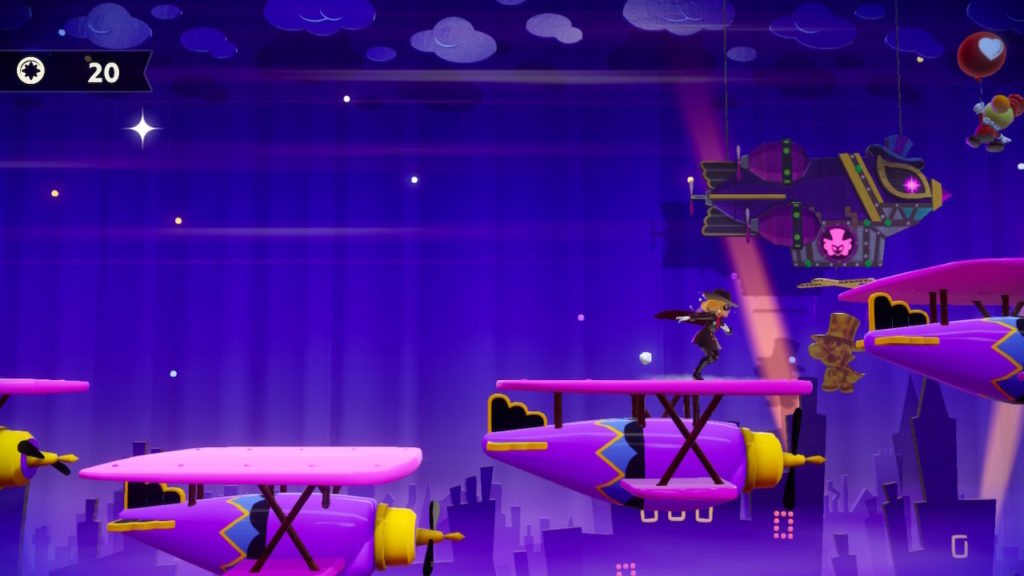
At the end of the day this probably hit the points I needed it to anyway. After finishing a game like FF7: Rebirth, I did not want a long or complicated experience. This is the kind of game you’ll fall into, hit your two buttons, have some fun, and be done. It’s fast and gets out of the way, so for me it was perfect. Just don’t expect an all-timer experience here, because that isn’t what you’re signing up for.


